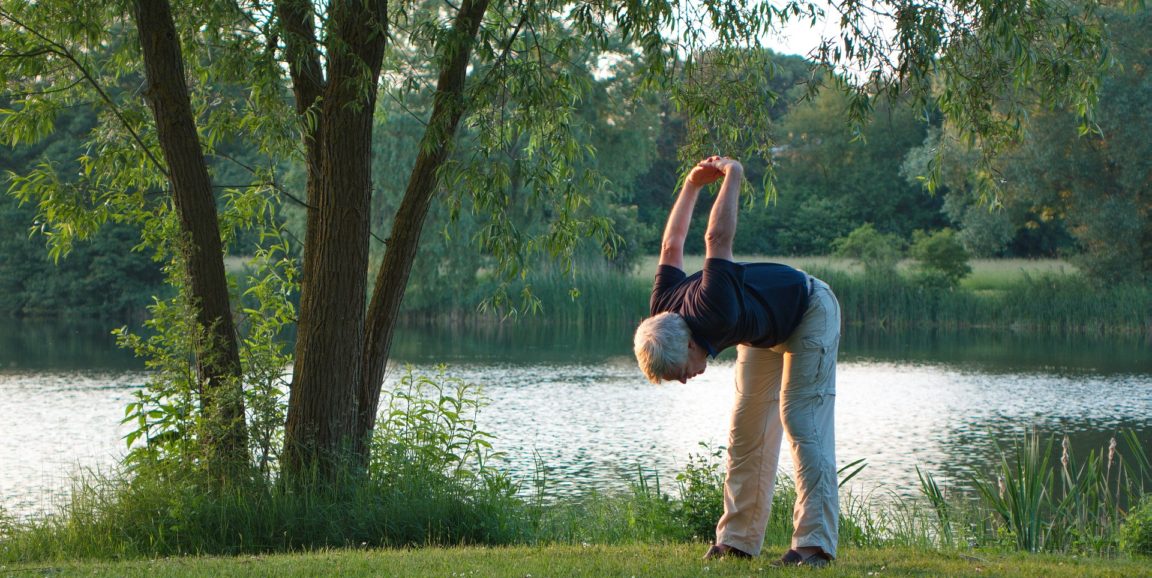For older adults, one tumble can cause a hip fracture or other acute injury, potentially leading to the loss of mobility or independence, or even resulting in death.
While researchers continue examining the most effective ways to prevent these falls, government agencies and other organizations periodically pull together their studies to help clinicians provide the most up-to-date care for patients.
Earlier this week, one of those groups, the U.S. Preventive Services Task Force, updated its recommendations on the best ways primary care clinicians can prevent falls in older patients who are at increased risk.
The conclusions were largely consistent with the task force's 2012 recommendations, although based on more recent research.
The strongest finding indicates that the benefits of exercise -- including supervised individual and group classes and physical therapy -- outweigh the harms when it comes to helping seniors at risk of falls to avoid them.
A second recommendation finds that a grab-bag of services under the umbrella of "multifactorial interventions" confers a small degree of benefit, and may be useful for certain patients. These services included an initial assessment of risk factors, such as balance, vision, medication, and environment, followed by a corresponding action to address potential problems.
The third point, a change from six years ago, recommends against using vitamin D supplements as a preventive measure for falls for adults who are not known to have osteoporosis or vitamin D deficiency.
Douglas Owens, MD, the national task force's vice chair, explained that this recommendation applies only to using vitamin D in this context.
"Vitamin D helps bones absorb calcium, and it's essential for healthy bones," said Owens, director of the Center for Health Policy/Center for Primary Care and Outcomes Research at Stanford. "But for the current recommendation, we focused on the evidence related to preventing falls, and we did not find the evidence that it works in that way."
Ankur Bharija, MD, said the updated recommendations confirm what he has observed as medical director of Stanford Health Care's inpatient geriatric medicine programs.
"It is true that regular aerobic exercises and supervised programs focused on strength and balance training help in preventing falls in most older adults who are high risk," he said, adding that patients who have already taken a spill, have had frequent near-falls, or have minimal daily physical activity and often felt weak or fatigued were most at risk.
Bharija said checking a older adult's medications, vision and home environment also had been effective, but the real key for seniors to stay on their feet is continuing physical activity. He said:
The most important message is to keep moving and not let a fall or the fear of one stop you. Engaging in activities that strengthen legs and help with balance, like Tai Chi, can be really helpful in building confidence and preventing falls.
Photo by cnort




